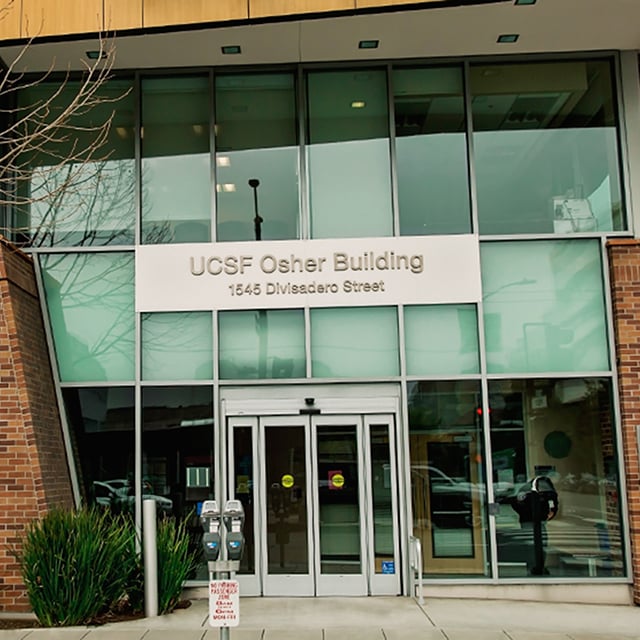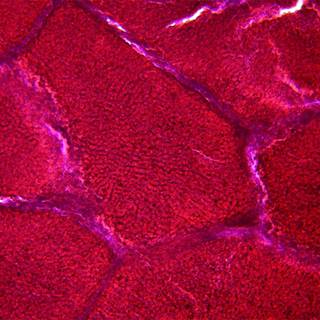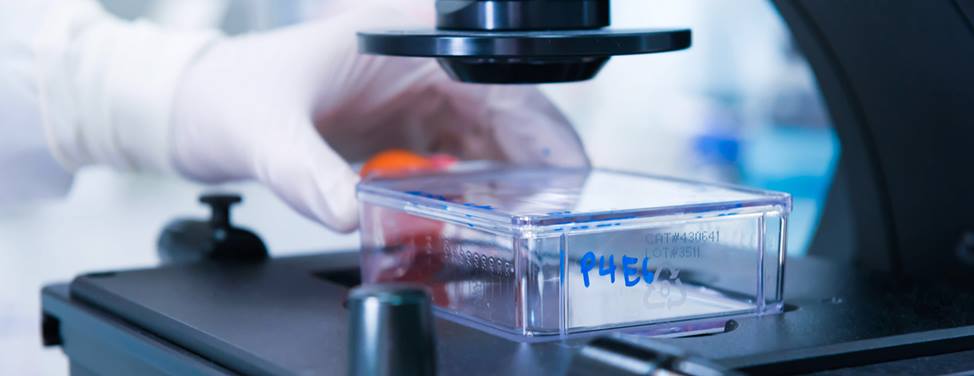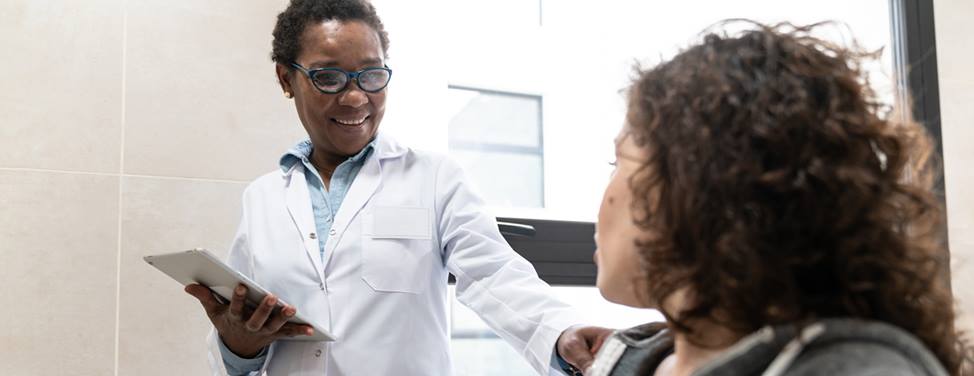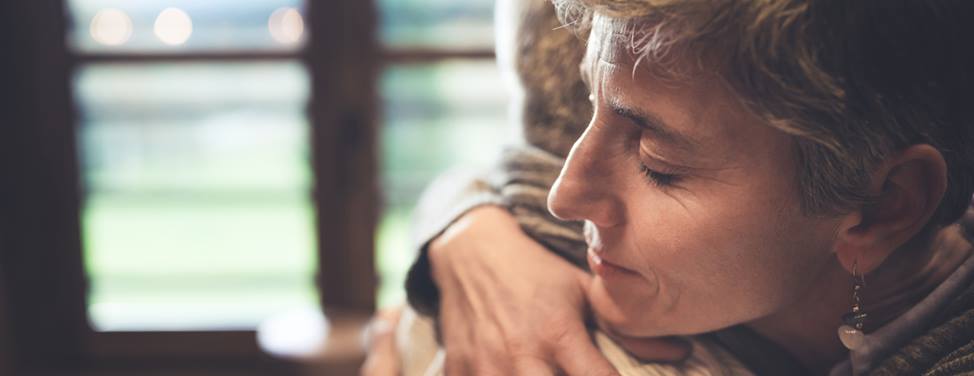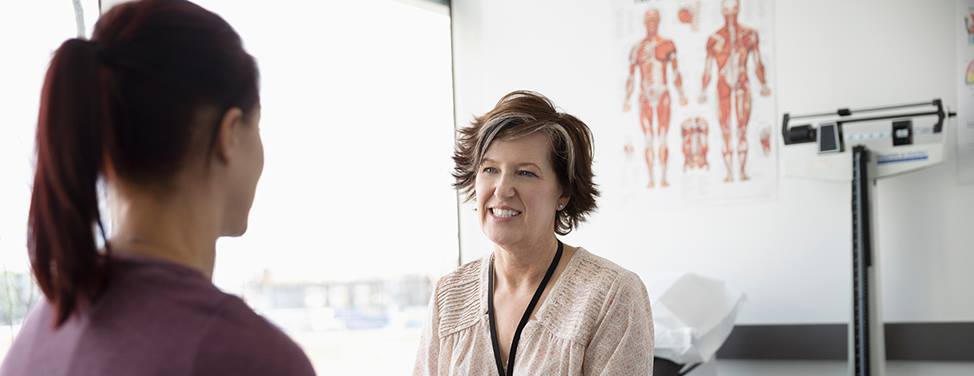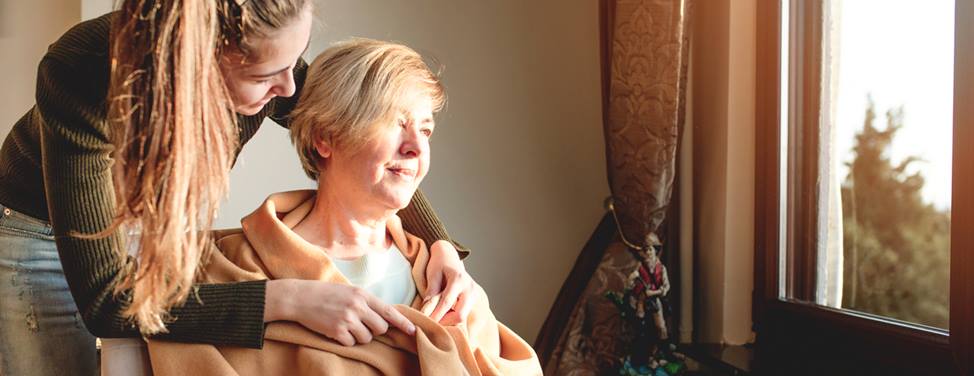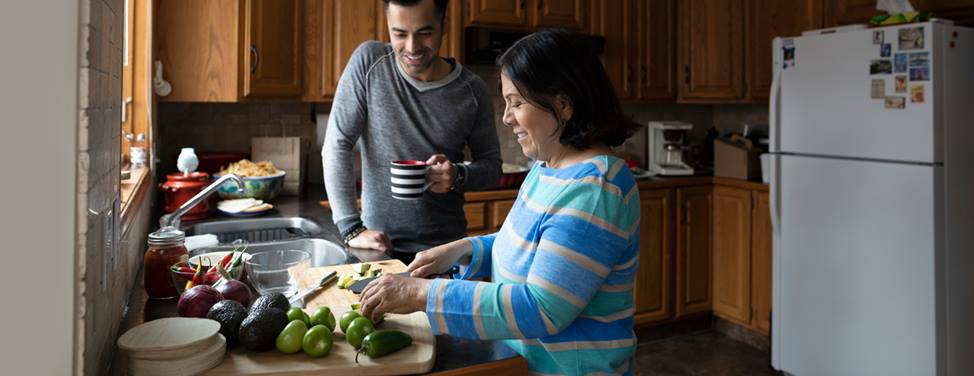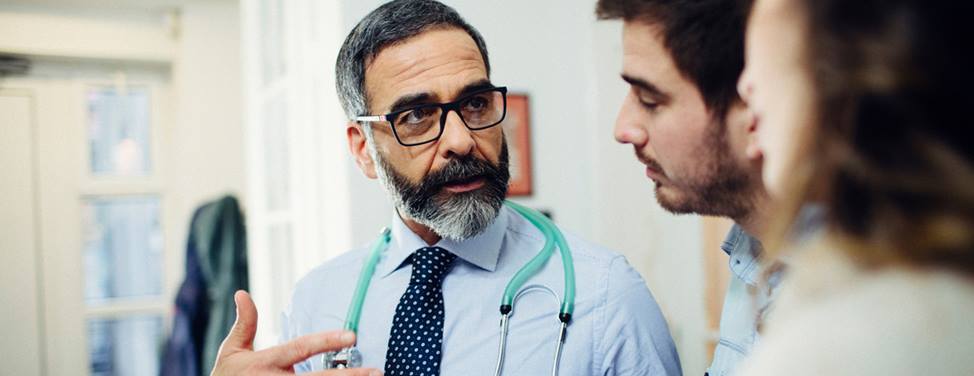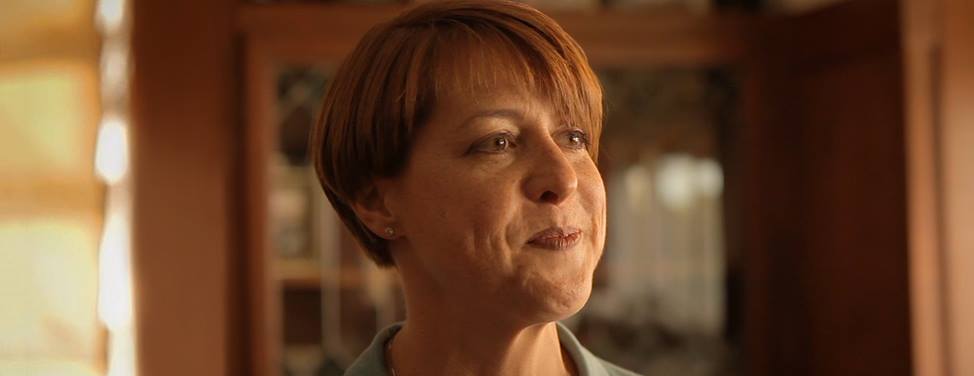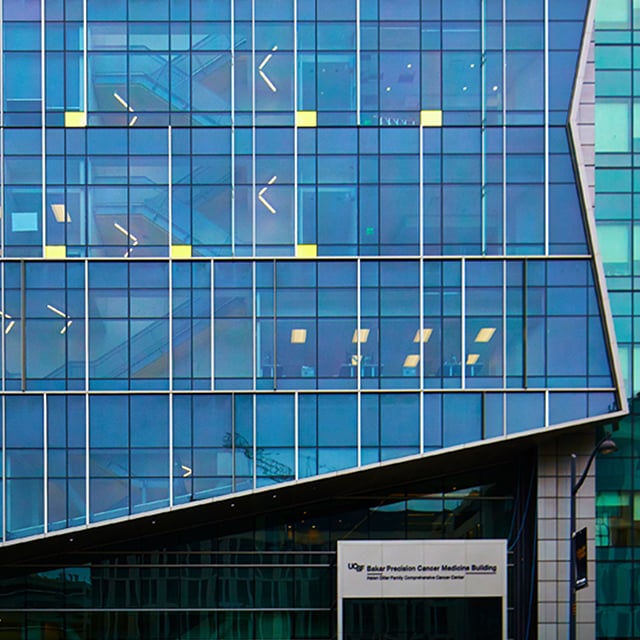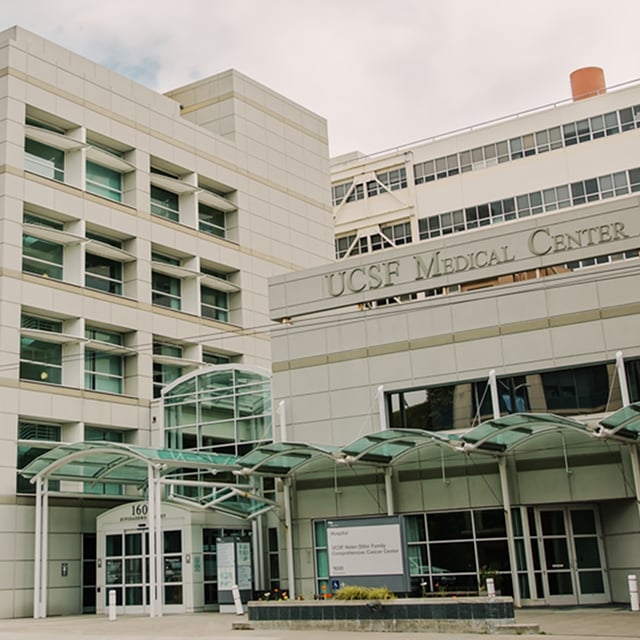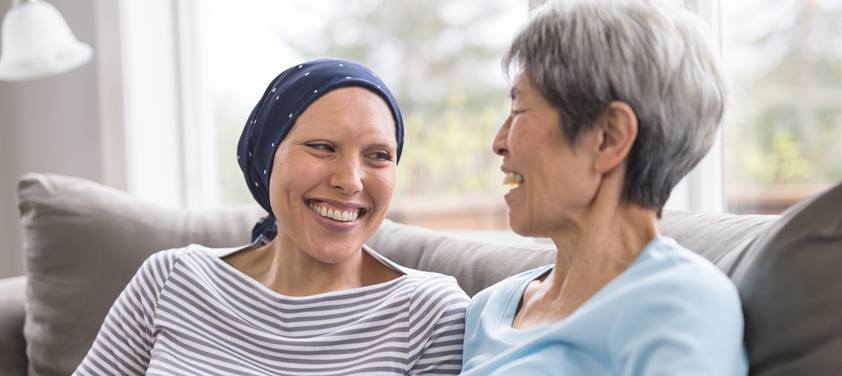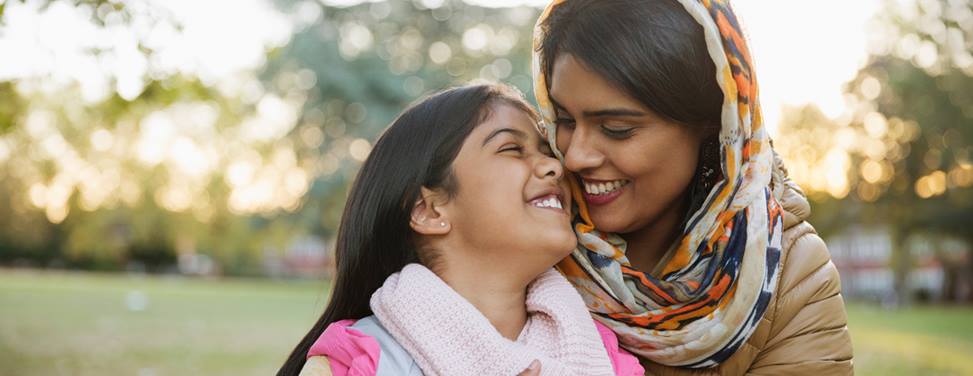Liver Cancer

Overview
The liver, one of the largest organs of the body, has many important functions that keep a person healthy. It removes harmful material from the blood, produces enzymes and bile that help digest food and converts food into substances needed for life and growth.
Cancer of the liver, which may be primary or secondary cancer, involves an uncontrolled growth of cells. Primary cancer arises within the liver and in its early stages exists only in the liver. Secondary liver cancer, also called metastatic cancer, originates in another organ, such as the colon, stomach, pancreas or breast and then spreads to the liver. Because secondary cancer is present in at least two organs, the treatment possibilities are more limited than for primary liver cancer.
Primary liver cancer can affect anyone, but it occurs most frequently in people with advanced liver disease. In the United States, the risk is greatest for those with longstanding hepatitis B, advanced hepatitis C and cirrhosis. Because hepatitis viruses are so widespread, liver cancer is the second most common cause of cancer death worldwide.
Certain inherited conditions also predispose a person to liver cancer, including tyrosinemia in children, a rare disorder in which the body can't effectively break down the amino acid tyrosine, and untreated hemochromatosis, a disorder that causes the body to absorb and store too much iron, in adults. Common to all these conditions is chronic liver inflammation and injury.
One of the objectives of current research at UCSF is to determine why liver inflammation and injury lead to liver cancer.
Our Approach to Liver Cancer
UCSF offers the most advanced and effective treatments available for liver cancer. These include surgical removal of liver tumors as well as chemotherapy administered directly to the tumor or throughout the body.
For some patients, liver transplant may be an effective option. A pioneer of making transplantation safer and more successful, UCSF's liver transplant program is known for outstanding outcomes.
Awards & recognition
-

Among the top hospitals in the nation
-
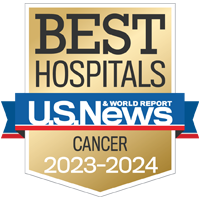
Best in Northern California and No. 7 in the nation for cancer care
-
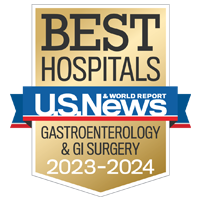
One of the nation's best in gastroenterology & GI surgery
-
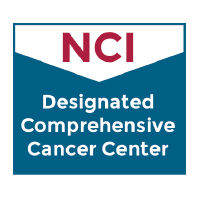
Designated comprehensive cancer center
Signs & symptoms
Cancer in the liver may be primary or secondary, also called metastatic. Primary cancer arises within the liver and in its early stages exists only within the liver. At an early stage, primary liver cancer may cause no symptoms at all. More advanced disease may cause loss of appetite, weight loss, fever, fatigue and weakness.
Secondary liver cancer is the term for cancer that originates in another organ, such as the colon, stomach, pancreas and breast, and then spreads to the liver. As the cancer grows, pain may develop in the upper abdomen on the right side and may extend into the back and shoulder. With advanced disease, the signs of liver failure appear, which include abdominal swelling and a feeling of fullness or bloating and jaundice, a condition in which the skin and the whites of the eyes become yellow and the urine becomes dark.
Diagnosis
In making a diagnosis of liver cancer, your doctor will evaluate your medical history and perform a careful physical examination. Certain tests also will be recommended.
For people at increased risk of developing primary liver cancer, such as those with chronic viral hepatitis or cirrhosis, the current recommendation is to have an alpha-fetoprotein blood test and an ultrasound examination of the liver, at least annually. While not perfect, these tests increase the chances of detecting liver cancer at an early stage.
Certain blood tests are used to see how well the liver is functioning.
X-rays of the chest and abdomen, angiograms or X-rays of blood vessels; CT scans, or X-rays put together by computer; and magnetic resonance images (MRIs), created by using a magnetic field, may be part of the diagnostic process.
If there is uncertainty about the diagnosis, the presence of liver cancer may be confirmed with a biopsy. Tissue from the liver is removed through a needle or during an operation and checked under a microscope for the presence of cancer cells. Your doctor also may look at the liver with an instrument called a laparoscope, which is a small tube-shaped instrument with a light on one end. For this procedure, a small cut is made in the abdomen so that the laparoscope can be inserted. Your doctor may take a small piece of tissue during the laparoscopy. A pathologist then examines the tissue under the microscope to see if cancer cells are present.
Once primary liver cancer is found, more tests will be performed to determine if cancer cells have spread to other parts of the body.
Staging
The following stages are used for adult primary liver cancer:
- Localized resectable Cancer is found in one place in the liver and can be completely removed by surgery.
- Localized unresectable Cancer is found only in one part of the liver, but the cancer cannot be totally removed.
- Advanced Cancer has spread through much of the liver or to other parts of the body.
- Recurrent Cancer has come back or recurred after it was treated. It may come back in the liver or in another part of the body.
Treatments
Radiation therapy
Radiation therapy is the use of X-rays or other high-energy rays to kill cancer cells and shrink tumors. Radiation comes from a machine outside the body, or external radiation therapy. Radiation can be used alone or in addition to surgery and chemotherapy.
Chemotherapy
Chemotherapy is the use of drugs to kill cancer cells. Chemotherapy for liver cancer is usually put into the body by inserting a needle into a vein or artery. This type of chemotherapy is called a systemic treatment because the drug enters the bloodstream, travels through the body, and can kill cancer cells outside the liver. In another type of chemotherapy called regional chemotherapy, a small pump containing drugs is placed in the body. The pump puts drugs directly into the blood vessels, called arteries, that go to the tumor.
Surgery
Surgery is the most common treatment for cancer of the liver. In some cases, we can remove the cancer using robotic surgery, a minimally invasive technique that can reduce recovery time and the risk of surgical complications.
UCSF Health medical specialists have reviewed this information. It is for educational purposes only and is not intended to replace the advice of your doctor or other health care provider. We encourage you to discuss any questions or concerns you may have with your provider.
Recommended reading
Where to get care (3)
Related clinics (4)
